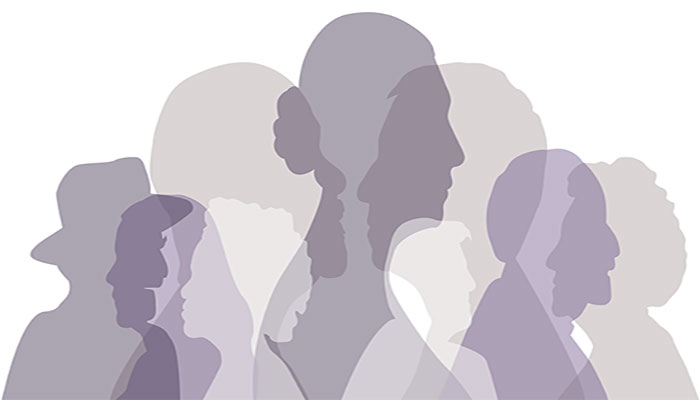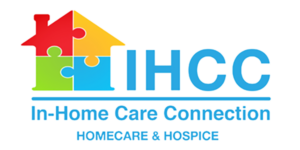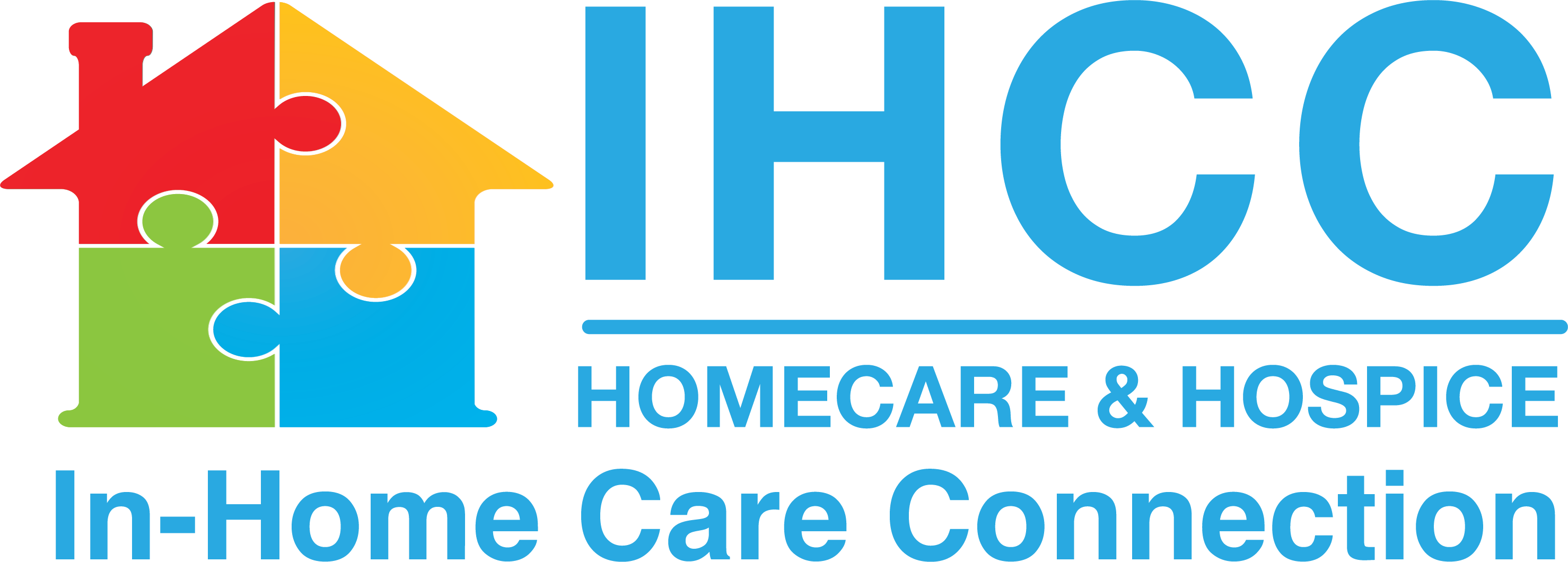Caring Connections
Helpful tips for family caregivers
June/July 2011
Information for you, and the person you care for.
- Interrupt the stress cycle with deep breathing
- Staying independent: the role of technology
- What is "elder abuse"?
Interrupt the stress cycle with deep breathing
 We’re breathing all the time. But when it comes to stress relief, not all breathing is equal.
We’re breathing all the time. But when it comes to stress relief, not all breathing is equal.
The body’s stress cycle
- Our bodies are built to handle periodic crises. When we sense danger, our bodies release “stress hormones” that enable us to respond powerfully and fast. When the crisis is over, those hormones are no longer released. The body returns to relaxed, “normal” mode.
- But chronic stress is damaging. When we’re stressed every day, the “fight-or-flight” hormones keep running. Not a lot, but enough to upset the body’s balance and undermine physical health and mood. The body is distracted from its routine tasks of repair and maintenance. This can result in significant consequences.
Low-level, ongoing stress is associated with
- heart disease, cancer, and stroke
- more colds and infections
- poor wound healing
- digestive problems and weight gain
- disturbed sleep
- depression and anxiety
Deep, diaphragmatic breathing combats stress. Relaxed, easy breathing triggers an automatic reversal of the stress hormones.
Even when stress remains, you can “trick” your body into a less-stressed mode. The key is to get the muscles in your belly, around your diaphragm, to relax. Here’s how:
- Sit, stand, or lie down. Put one hand on your chest, the other on your belly.
- Inhale slowly through your nose. As you inhale, count to four. Your belly should expand, not your chest.
- Exhale slowly through the nose, again counting to four. Feel your abdomen deflate.
- Focus your thoughts on your breath only.
- Repeat five to ten times.
As you get more practice, expand the count for each breath to five, eight, and eventually ten.
Get in the habit of taking time to breathe deeply several times a day. Surely you can give yourself five minutes now and then. Your body will thank you!
Return to topStaying independent: the role of technology
Technologies abound to help us stay connected with loved ones. There are also many options to support your relative in living independently. Here are some options in the areas of safety and health.
Personal safety and home security
- Personal medical alert: Wearable devices that call for help. Most require the push of a button. Some can detect a fall automatically. Others can be used even when away from home.
- Fall detection: Video systems that scan the bottom 12 inches of a residence. This protects privacy but reveals if a person has fallen to the floor.
- Activity monitor: Sensors that detect living patterns. For example, when a medicine cabinet or bathroom door is opened. A change in routine may indicate a problem is brewing.
- Kitchen safety: A stove sensor prevents fires. It turns off the burners if no motion is detected for a period of time. A water sensor detects water on the floor. Timed faucets also prevent flooding.
- Home security: Simple-to-install alarms that sound when a door is opened. Motion detectors that turn on spotlights.
Wellness and disease management
- Fitness: The popular Wii device uses video and handheld sensors that make indoor exercise possible. Your relative can get fit “bowling” or “playing tennis” at home.
- Medication minders: Pill boxes that beep at preset times. And web-based applications that send email or text reminders.
- Telehealth: Remote devices gather and send health information to the doctor to catch problems early. For example, daily measurement of weight, blood pressure, or blood sugar.
- Chronic disease management: Telephone and even video conferencing that enables a home “visit” with a doctor. Or permits doctors and others to more easily collaborate about a treatment plan.
- Online support groups: Options for your relative to find community. Cancer Survivors Network, DiabetesMine.com, PatientsLikeMe.com.
Return to top
What is "elder abuse"?
 Exploitation of older adults is an issue none of us likes to think about. But it’s a growing problem. One in 10 Americans age 60 or older has experienced some form of elder abuse. It is estimated that up to 5 million elders are abused each year.
Exploitation of older adults is an issue none of us likes to think about. But it’s a growing problem. One in 10 Americans age 60 or older has experienced some form of elder abuse. It is estimated that up to 5 million elders are abused each year.
Elder abuse includes intentional acts of malice. Also, simple acts of neglect or ignorance.
There are seven types of abuse:
- Emotional abuse. Attacking or humiliating a person verbally. Intimidation. Harassment. Threats of abuse.
- Financial exploitation. The misuse or withholding of the older adult’s financial resources. Taking money. Selling the older adult’s possessions for personal gain. Forging a signature. Or forcing an elder to sign documents.
- Physical abuse. Hitting, shaking, pinching. Any action that causes pain or injury.
- Sexual abuse. Sexual acts or sexual touch when the older adult does not consent or is threatened or physically forced. Also, sexual contact with a mentally confused person who doesn’t understand enough to give consent.
- Passive neglect. Refusing or failing to provide for an elder’s basic needs such as food, clothing, shelter, or medical care.
- Willful deprivation. Denying an older adult medication, medical care. Also shelter, food, or other physical assistance. Exposing them to the risk of physical, mental, or emotional harm.
- Confinement. Isolating or restraining an older adult other than for medical reasons.
Elder abuse is often rooted in family problems. Sixty percent of those who exploit elders are family members. Frequently it is a spouse or adult child. Key risk factors include:
- A relationship with a history of domestic violence.
- Personal problems. Drug or alcohol abuse or mental illness of the family caregiver. An adult child who is financially dependent.
- Isolation of the elder. Blocking contact with others creates a situation ripe for abuse.
To report elder abuse
Call 911 if the person is in immediate, life-threatening danger. Otherwise, if you suspect elder abuse, contact a local Adult Protective Services office.
Return to top



